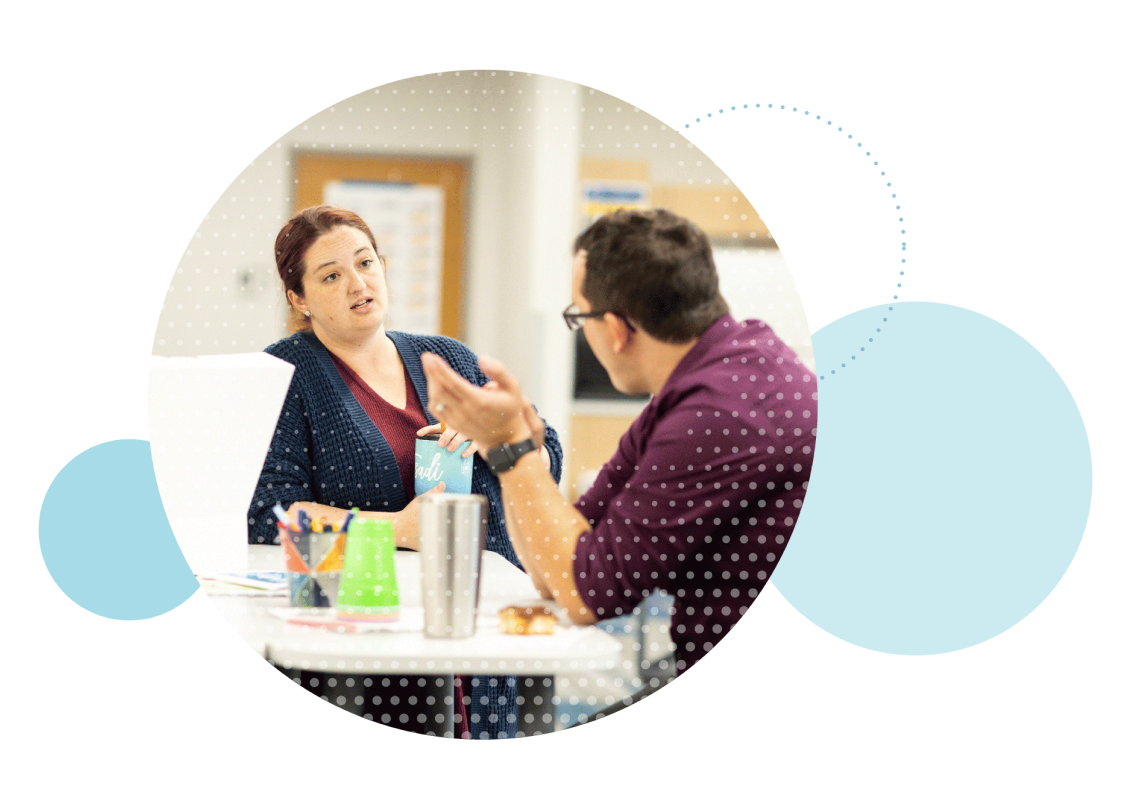From 2019 - 2023, we worked with a network of 49 schools to develop college access interventions and multiyear improvement processes that replaced the ordinary – historic exclusion of Black, Latino/a/x, and economically disadvantaged students – with equitable opportunity. In only 4 years, these high schools made systemic changes that supported student journeys to and through college, from consideration to graduation.
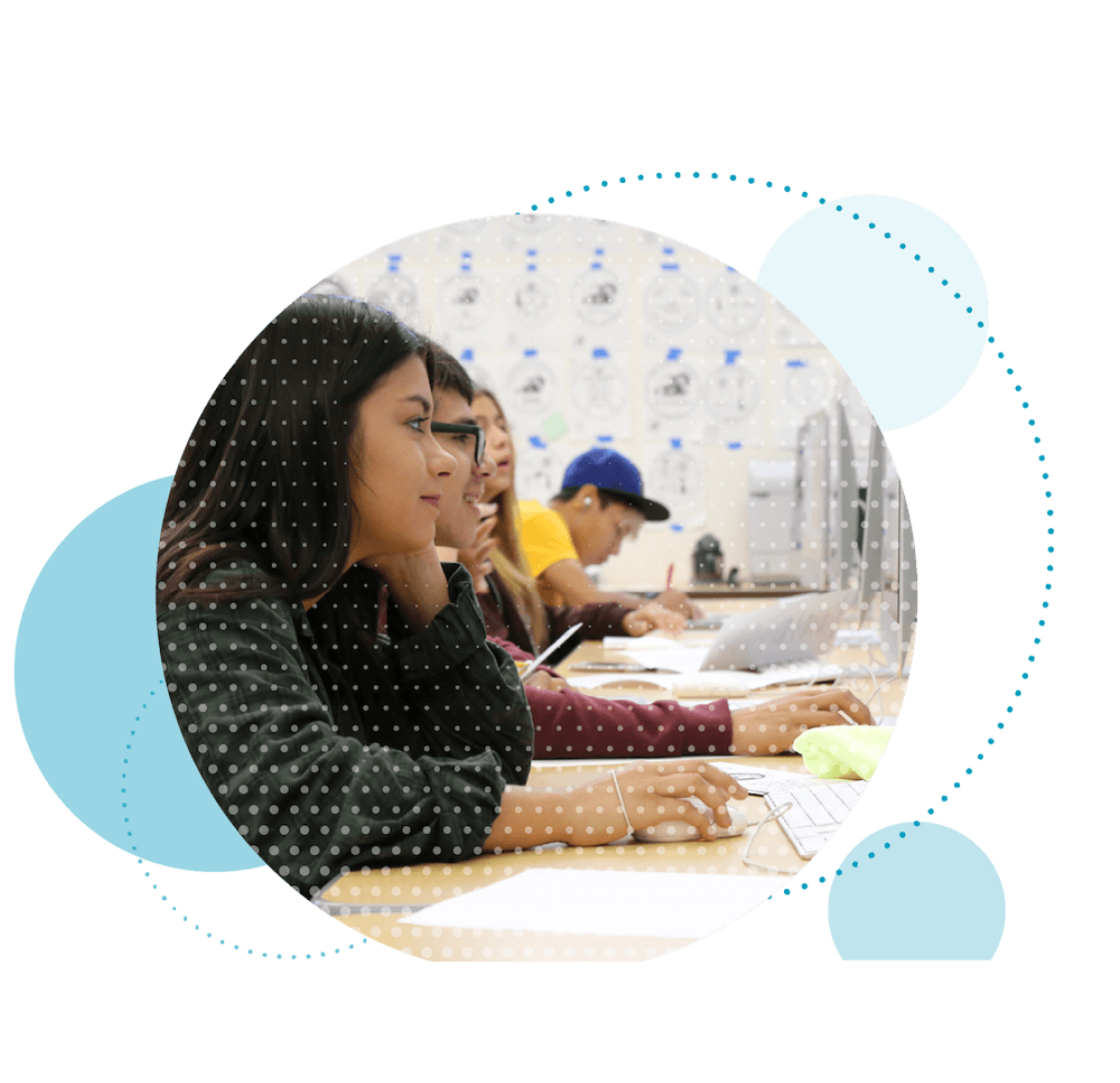





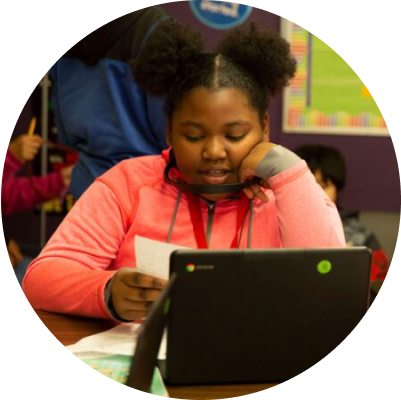



Our Impact:
By focusing on the most influential drivers of well-matched postsecondary enrollment, we helped schools open more doors to college for each and all students.
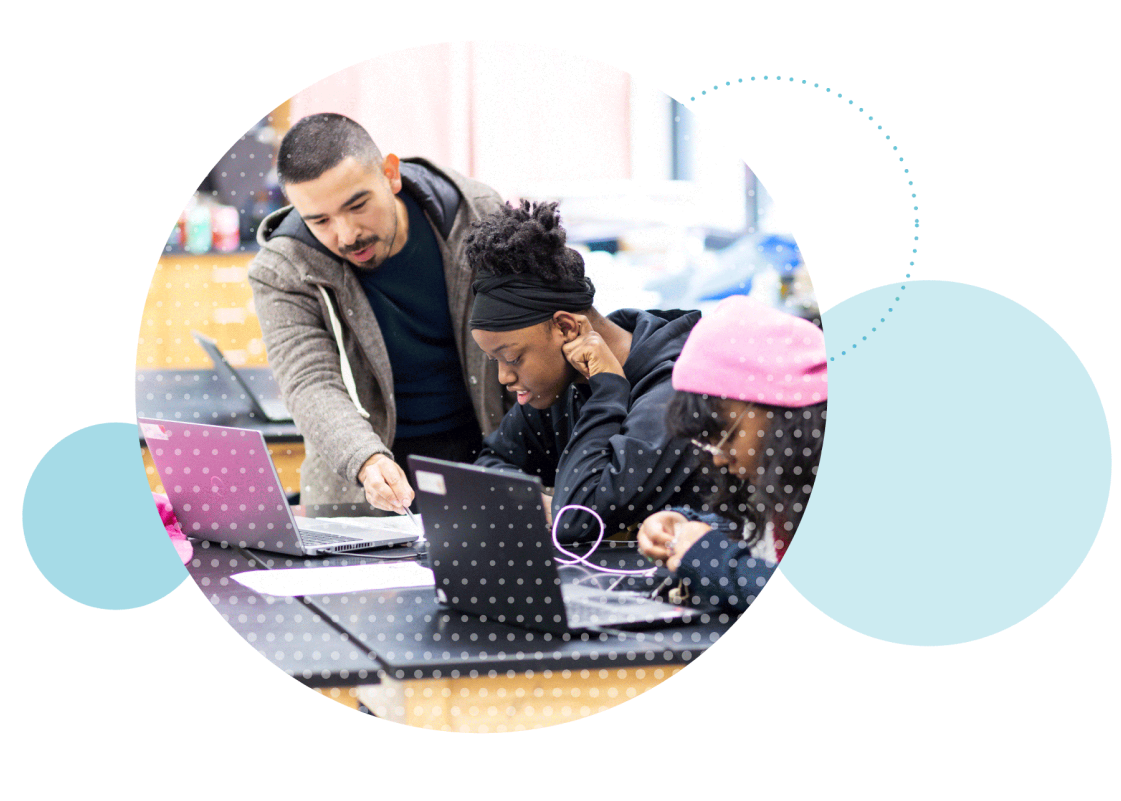
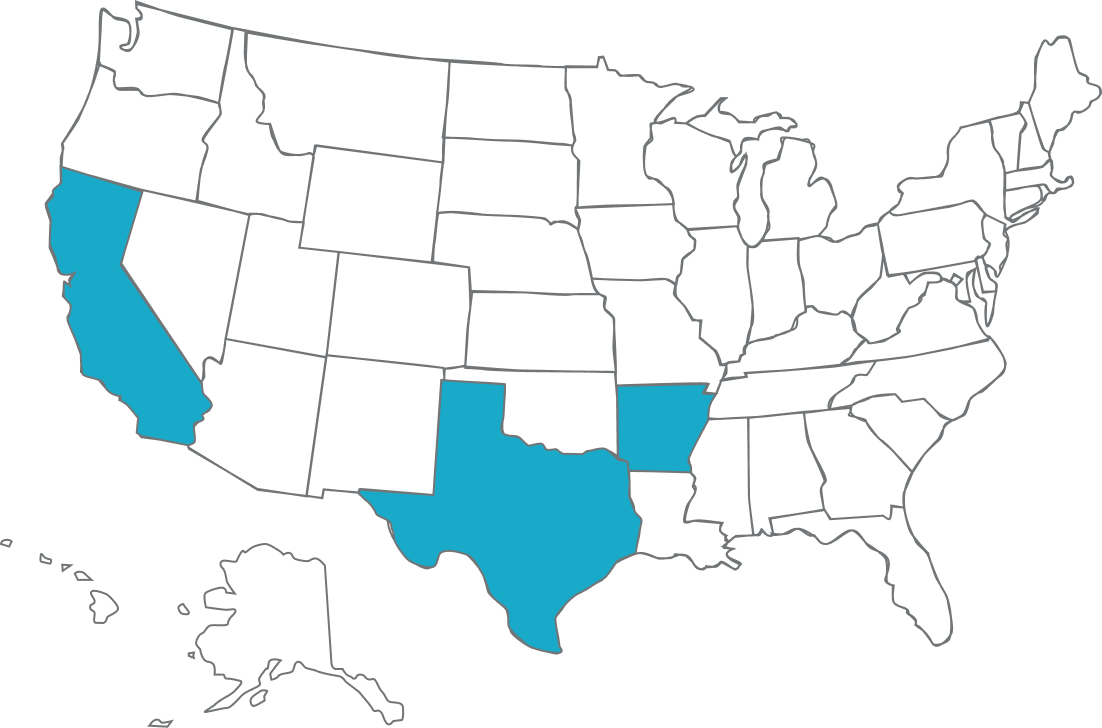

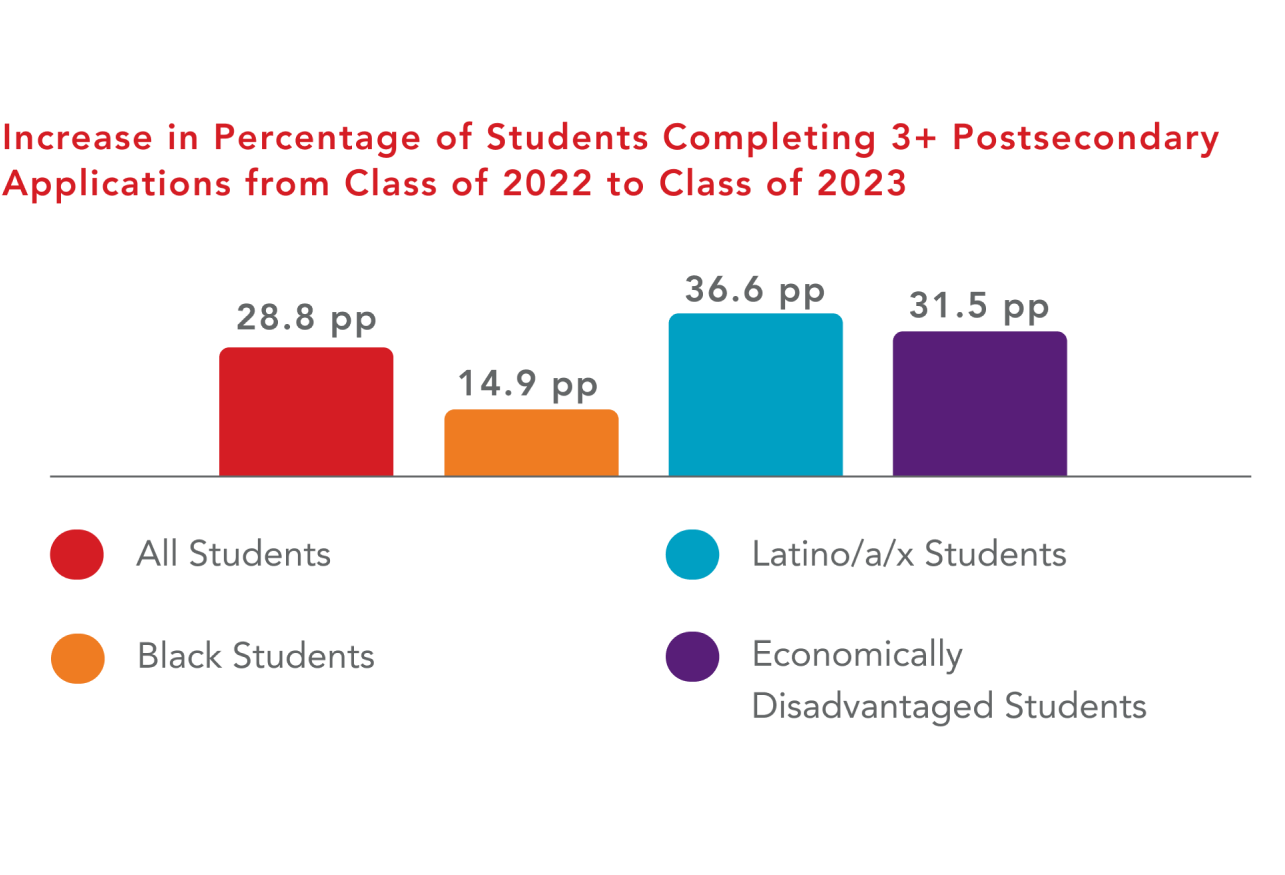
Case Study:
